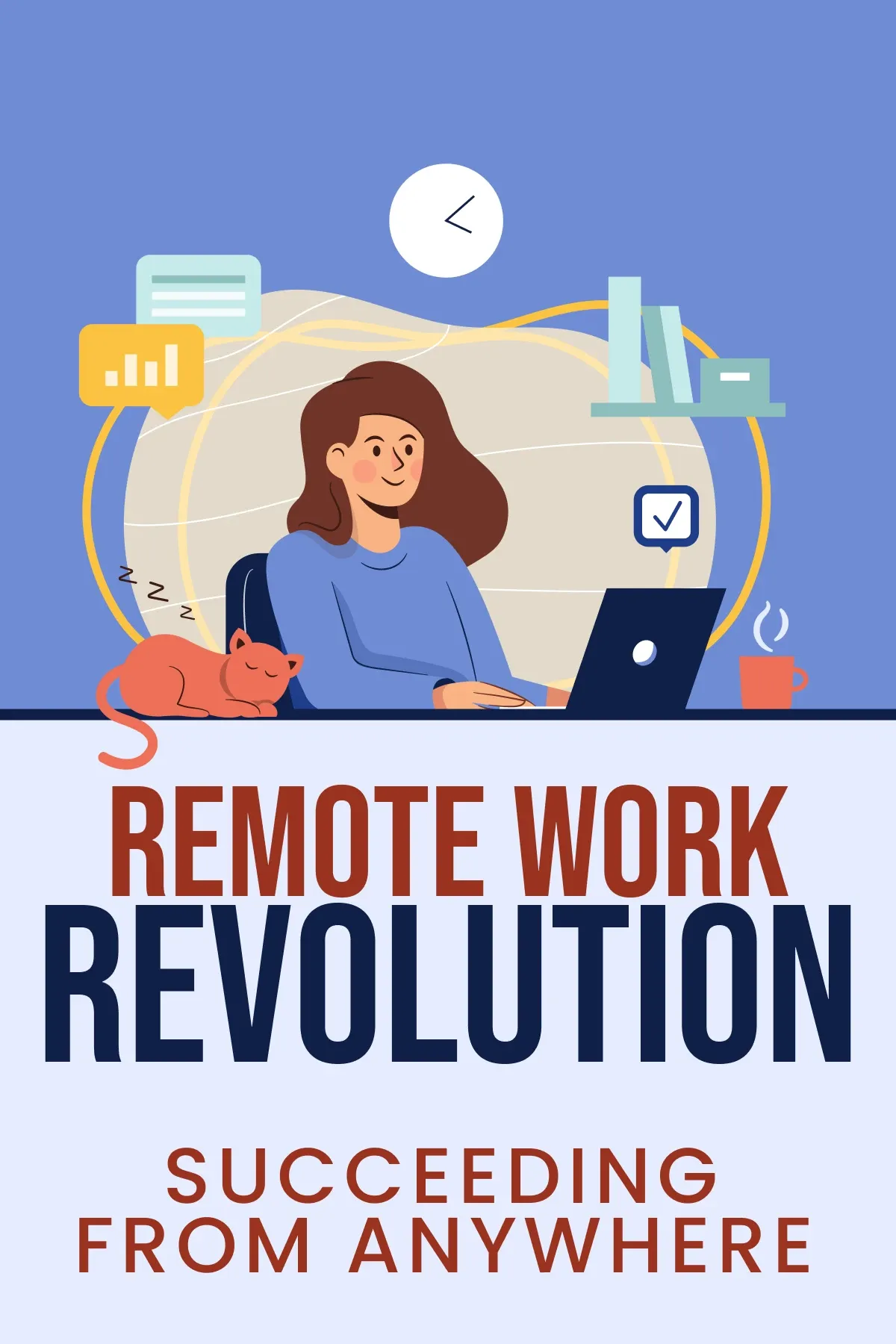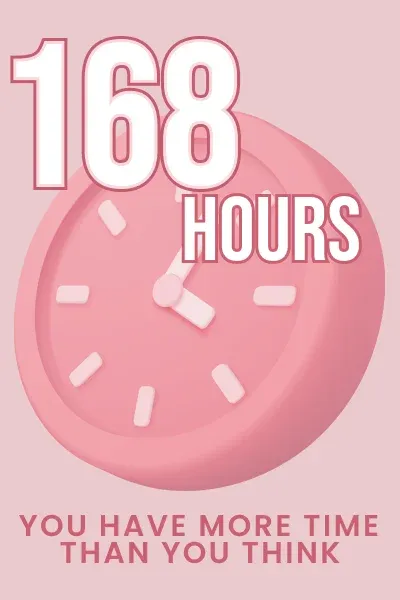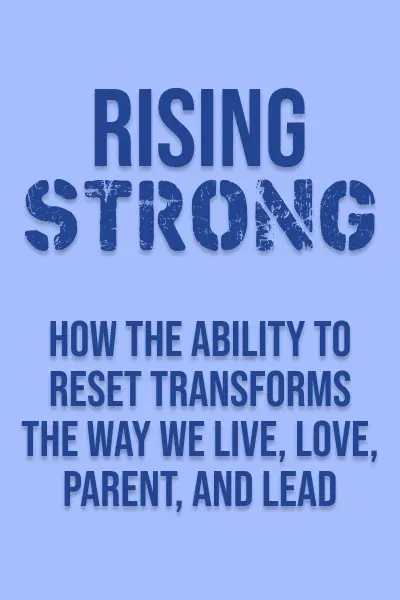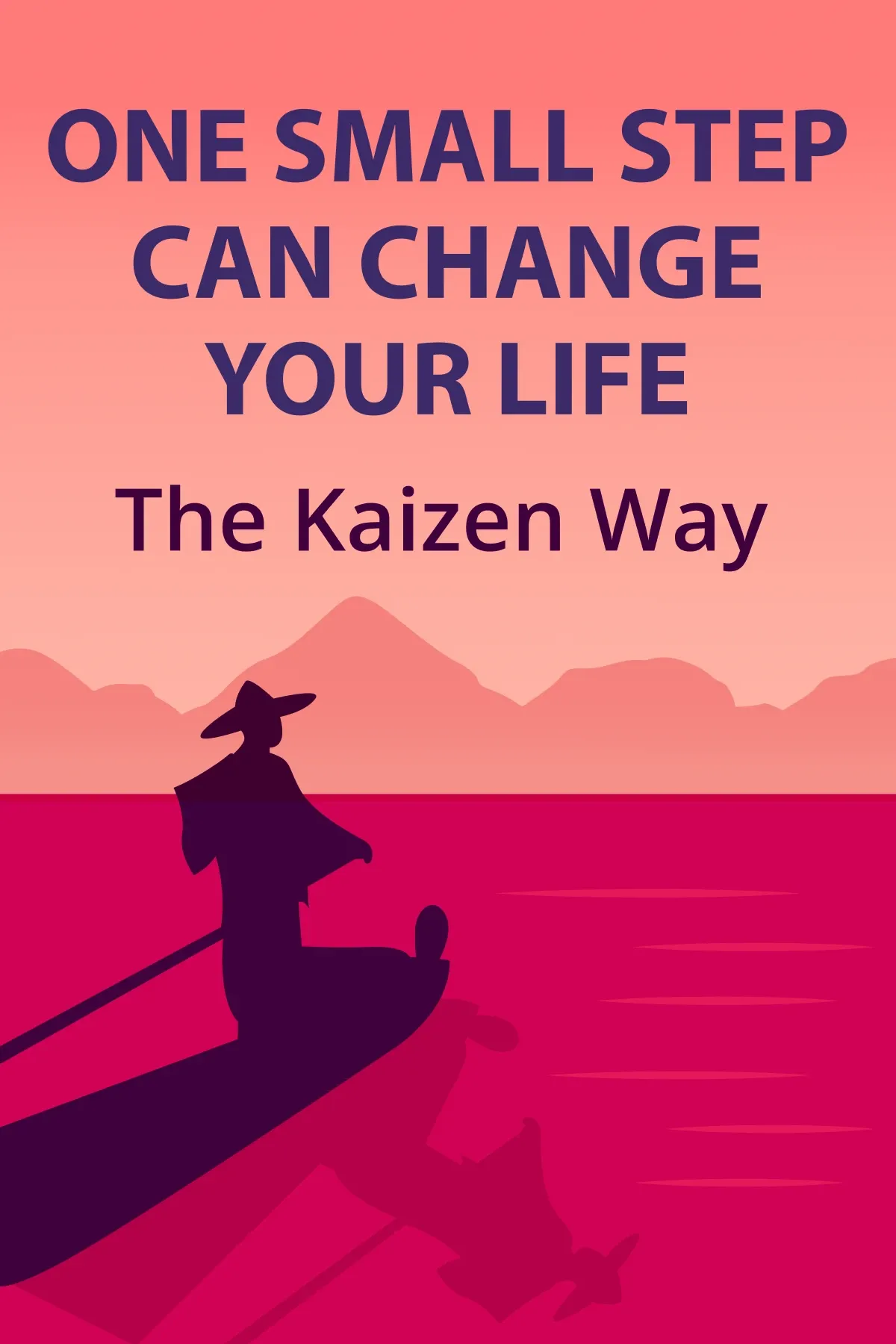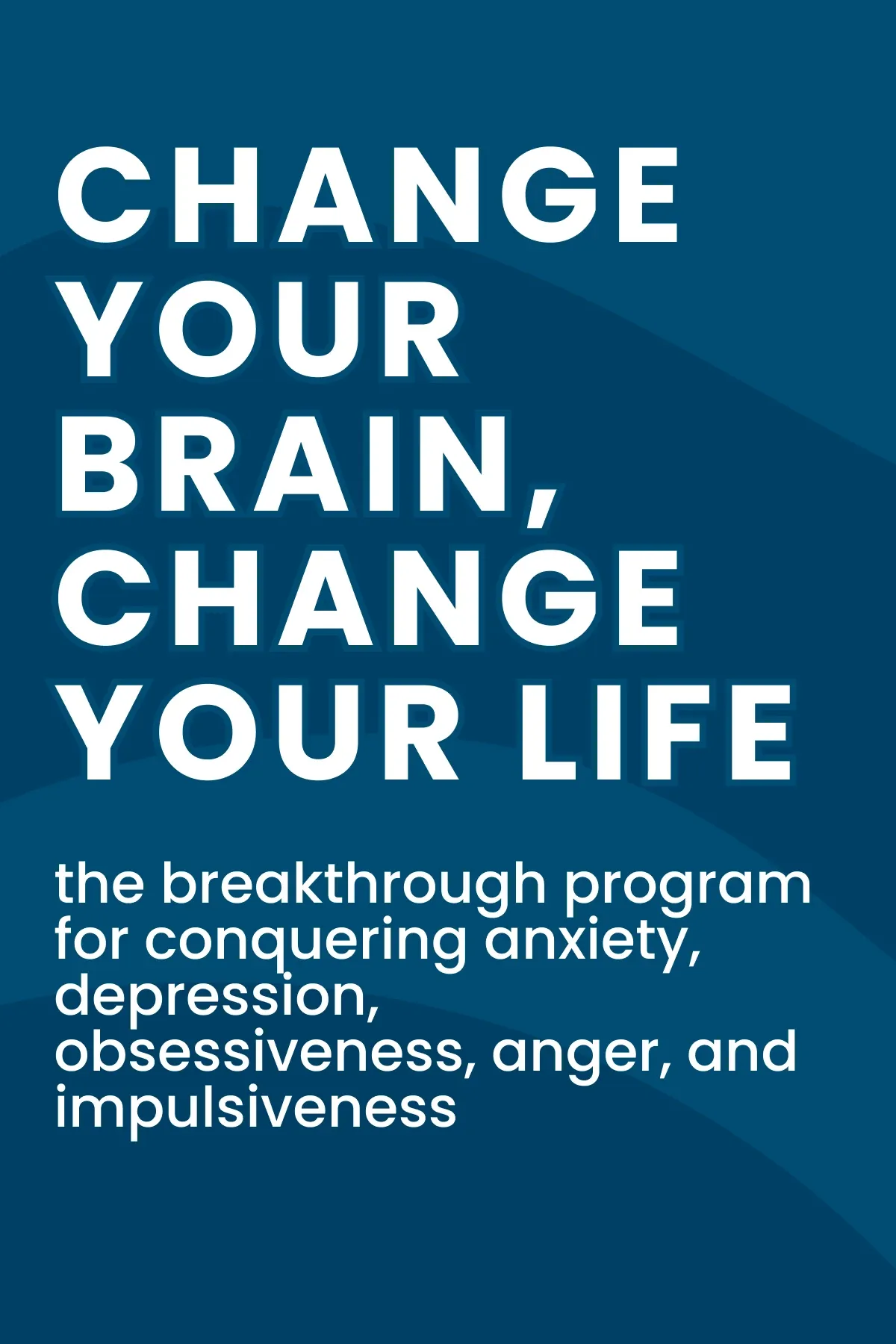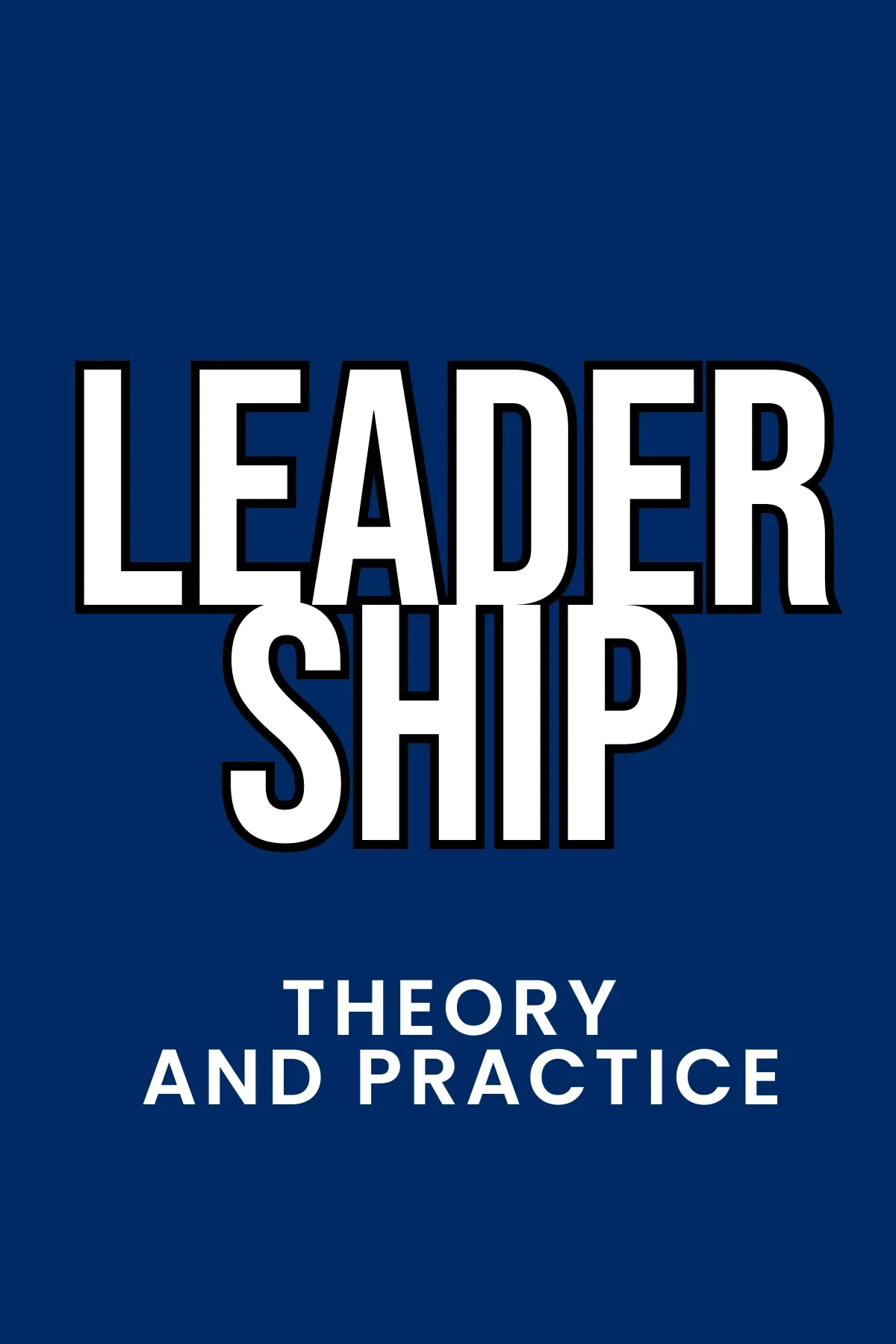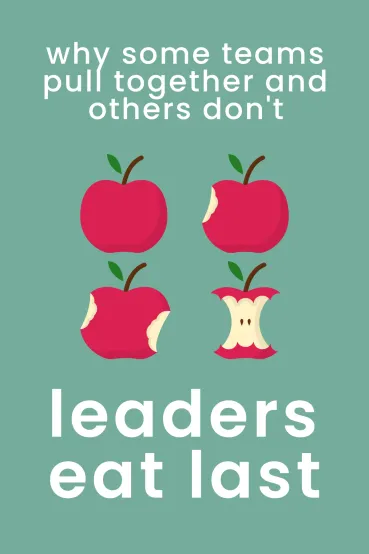
Leaders Eat Last
Brief Summary
In “Leaders Eat Last”, Simon Sinek explains why some companies do better than others by outlining every aspect of leadership. In many companies, self-interest, grit for money, and cynicism are the driving forces. Yet, the most impressive ones cultivate authentic leadership, collaboration, and empathetic relations.
Topics
Key points
Key idea 1 of 8
The idea of hierarchy lies in the foundation of our societies. This is not our decision – it is our biology. Moreover, the reason hides in our hormones. They have been with us since the beginning of time and have helped us survive. Hormones regulate human emotions and behavior. They still impact us as they did a while back.
How does it happen? For example, when we achieve a particular result, like losing weight or finding the necessary information, we experience the release of dopamine. This hormone brings exhilaration to the table. Other hormones, like serotonin and oxytocin, foster our interpersonal connections.
Have you ever experienced a pleasurable feeling after a long workout? It is precisely the feeling that endorphins give us. These hormones transform physical discomfort and tiredness into pleasure. Back then, endorphins helped village hunters carry on the hunt and bring back the prey despite their fatigue. Nowadays, these hormones motivate athletes, like football players, to achieve the highest results.
However, hormones are not only an essential part of our survival. They also establish the fundamental framework for social order. The first step towards social hierarchy was dividing the "strong" and the "weak." In hunter-gatherer tribes, an endorphin rush enabled hunters to move long distances to provide food. After delivering the necessary supplies to a tribe, they got a higher rank than others. Therefore, weaker people had to settle for less prestigious work like collecting wood.
In fact, we can blame hormones for class inequalities. Yet, let’s remember that they also contribute to these hierarchical organizations’ cohesiveness. Hormones make the lesser members feel safe around the leader and one another. Thus, they are less likely to develop jealousy and hatred.
FAQ
You may also like these summaries


